USB Type-C FAQ: Everything You Need to Know
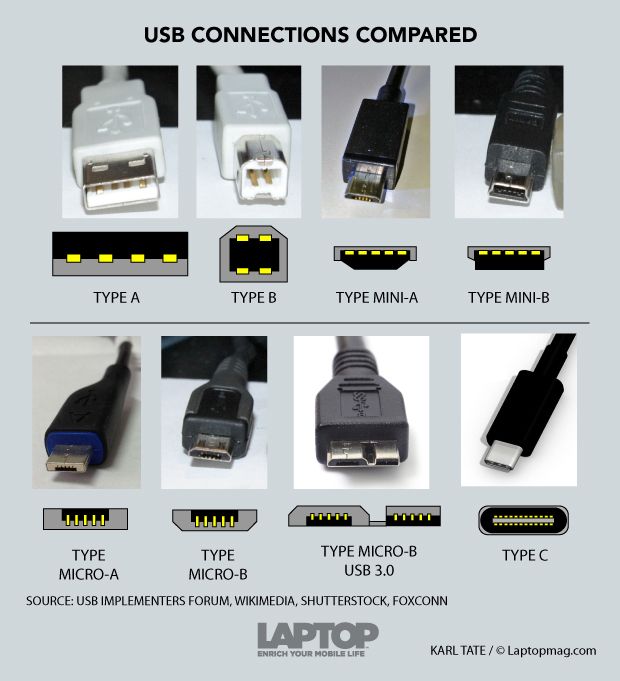
The 12-inch MacBook has a number of new technologies, ranging from a pressure-sensitive touch pad to a really tiny logicboard. However, none of the innovations in Apple's new notebook is quite as exciting as its USB Type-C port, which the system uses for charging, data transfer and even video out. Even if you're not planning to buy the MacBook, this new connector is set to change your mobile life. Here's everything you need to know about USB Type-C.
What is USB Type-C?
USB Type-C is a new, tiny, super-fast connector for the Universal Serial Bus standard that can support a number of new standards including USB 3.1 and USB power delivery. At a mere 0.33 x 0.1 inches, Type-C is smaller than the rectangular, 0.47 x 0.18-inch USB Type-A connectors we've come to know and love over the years. It's also just a little big bigger than the 0.28 x 0.06-inch microUSB B connectors that are used for most smartphones and tablets. Uniquely, USB Type-C is reversible, meaning you can plug it in upside down and it will still work. However, you cannot plug existing USB A or USB B connectors into a USB Type-C port, nor can you plug a USB Type-C connector into an older port.
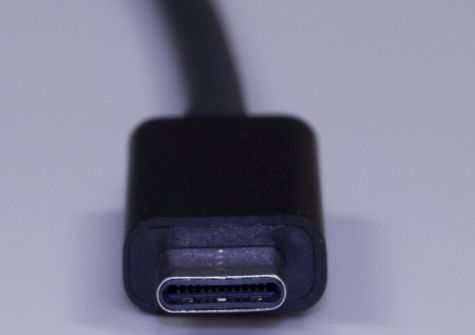
Interestingly, USB Type-C ports can also be configured to support other data protocols using alternate modes. So, in theory, a cable maker could create a wire that transmits DisplayPort or HDMI data using the USB C port. We don't know for certain, but Apple's $79 USB-C Digital AV Multiport adapter, which outputs to HDMI, probably uses an alternate mode.
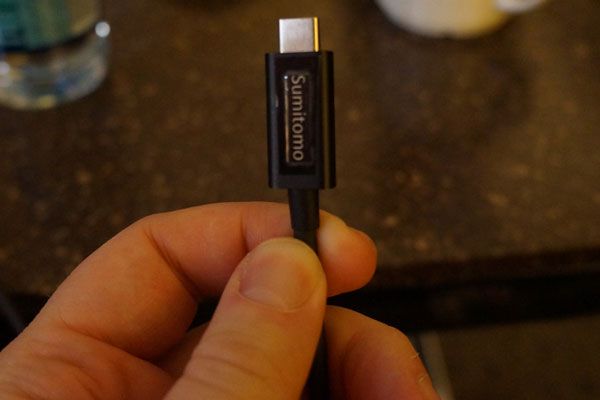
MORE: New 12-inch Retina MacBook Hands-on: Pros and Cons
What Devices Have USB Type-C Today?
The recently-announced Apple MacBook (12-inch) is the first announced laptop to ship with a USB Type-C connector, but it's not the first device to use the new port. That honor belongs to Nokia's N1 tablet which uses Type-C for charging and data, but its connection is really USB 2.0 underneath, not USB 3.1 or USB PD.
Unveiled two days later than the MacBook, but shipping right away (MacBook won't drop until April), Google's second-generation Chromebook Pixel has two USB Type-C ports, one on either side of the notebook. Users can power the Pixel by connecting its bundled AC adapter to the left or right side and have another connection open for peripherals.
In March, SanDisk announced its first USB Type-C Flash drive, which also has a USB Type-A connector for backward compatibility. Available only in 32GB capacity right now, it sends data over the USB 3.0 protocol. At CES 2015, DisplayLink demonstrated a prototype docking station that connects to your notebook via USB Type-C and outputs to a 4K monitor, but we don't know when a shipping product with this capability will come out.
Stay in the know with Laptop Mag
Get our in-depth reviews, helpful tips, great deals, and the biggest news stories delivered to your inbox.
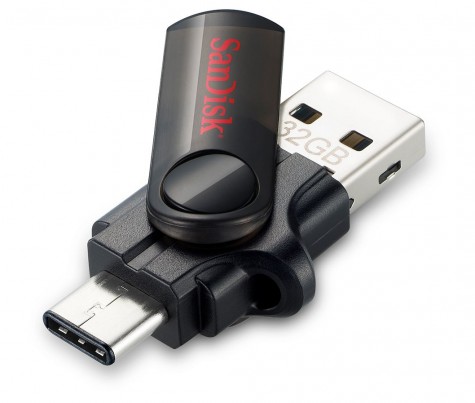
LaCie announced the first USB Type-C external hard drive on March 10th. An update to the company's aluminum Porsche Design model, the new storage device will come in 500GB, 1TB and 2TB capacities. The company has not yet announced pricing.
To support the MacBook, Apple is already selling a few adapters which connect to USB Type-C. The $79.99 USB-C Digital AV Multiport Adapter connects the laptop to HDMI, standard USB 3.0 and power, the identically-priced USB-C VGA multiport adapter uses VGA for its video out and the $19.00 USB-C to USB adapter just connects to a single USB 3.0 port.
Google is also selling USB Type-C accessories, which should work on either the Pixel or the MacBook. These include a power brick ($59.99), a Type-C to Type-A cable ($12.99) and a Type-C to DisplayPort wire ($39.99) .
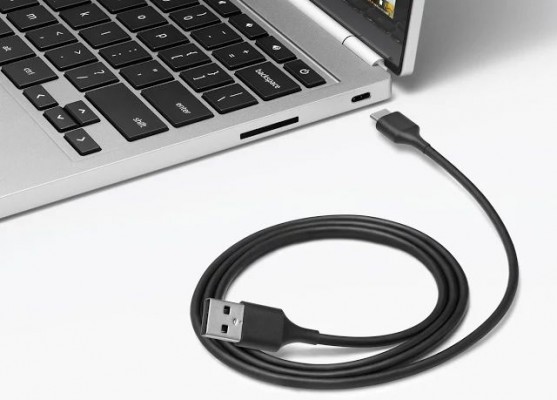
Is USB Type-C the Same as USB 3.1?
No. USB Type-C cables and ports may used for USB 3.1, but, depending on the host controller and devices, may only be compatible with USB 2.0 or USB 3.0. The MacBook spec sheet says its USB Type-C port is USB 3.1 (gen 1) compatible.
MORE: Apple MacBook (12-inch) vs. The Competition
What is USB 3.1?
USB 3.1 is a new standard for high-speed data transmission that more than doubles the theoretical bandwidth of the USB 3.0, going from 5 Gbps to 10 Gbps. In real-world testing of a first-generation USB 3.1 controller, Tom's Hardware got read and write speeds well over 700 MBps, nearly double the transfer rate of the same SSDs connected via USB 3.0. USB 3.1 connections are backward compatible with USB 3.0 and USB 2.
The MacBook's connection is listed as "USB 3.1 Gen 1 (up to 5 Gbps)" so it caps out at the same maximum as USB 3.0. According to the USB Implementer Forum, which is in charge of creating USB standards, USB 3.1 Gen 2 delivers the full 10 Gbps of throughput. However, all USB 3.1 connections promise improved data encoding that could lead to faster connections overall as well as increased power efficiency.
MORE: USB 3.1 Demoed
What is USB Power Delivery?
USB Power Delivery is a specification standard that allows devices to send or receive up to 100 watts of electricity over a single connection while transmitting data at the same time. USB 2.0, the most common connector for smartphones and tablets, usually caps out at about 2.5 watts, enough for small devices, but a far cry from the 20 to 65 watts that most laptops need at any given time. With USB PD, you could connect your laptop to a monitor and send a 4K video to the display, while receiving a full power load from it.
The best thing about USB PD is that it could spell the end of the proprietary laptop power brick. Where today every make and model of laptop uses a different kind of power connector, tomorrow all laptops could have USB Type-C connectors with USB PD. You would be able to use the adapter that came with your Dell laptop when you switch over to a notebook from Lenovo, just as you can use your Samsung wire and AC adapter with your LG phone.
USB Type-C can support USB Power Delivery if the device's host controller and the cable itself support the standard. So, just because you have USB Type-C, that does not mean you have USB PD.
Apple has not specifically used the term "USB Power Delivery" in its documentation for the MacBook, but the notebook must be using this specification because it's connected to a 29-watt power adapter. It will be interesting to see whether other notebook vendors start adopting USB PD. While having a univeral connection standard is best for users, it hurts the bottom line for vendors who want to sell replacement power bricks at $50 a pop.
Laptop Guide
- Laptop Buying Guide: 8 Essential Tips
- The Best & Worst Laptop Brands
- Laptop Tech Support Showdown: Undercover Report
- Should I Buy a Chromebook? Buying Guide and Advice
- Laptops with the Longest Battery Life
- Chromebooks vs. Windows 10 Laptops: What Should You Buy?
- Why You Shouldn't Buy a Touch-Screen Laptop
- Out of the Box Tips: Set Up Your New Laptop Like a Pro
- The Best Time to Buy a Laptop
- Chromebook vs. Tablet: Which Should You Buy?
- Laptop Buying Tips for Students
- 10 Key Features to Look for in Your Laptop
- How to Buy a 2-in-1 Laptop Hybrid
- How to Get Rid of Your Old Laptop
- Laptop Warranties: What They Cover
- Which CPU is Right For You?
- Which Laptop Features Are Worth the Money?
- Gaming Laptop Buying Guide: Find the Right Rig
- 10 Reasons Why Consumers Should Buy Business Laptops
- Which MacBook is Right for You?
- 5 Things to Look For in Your Next Laptop Keyboard
- How to Configure Your Laptop: Specs That Matter
- Which Graphics Card Do You Need?
- The Perfect Laptop? Here’s What It Should Have
- Why 78 Percent of Laptop Screens Suck
- A Guide to Computer Ports and Adapters
- 13 Ways to Make a Slow Laptop Faster
- How to Tell If You Can Upgrade Your Laptop
- Laptop Locks Guide: Do You Need One?
- 10 Features You Can Skip to Save Money

